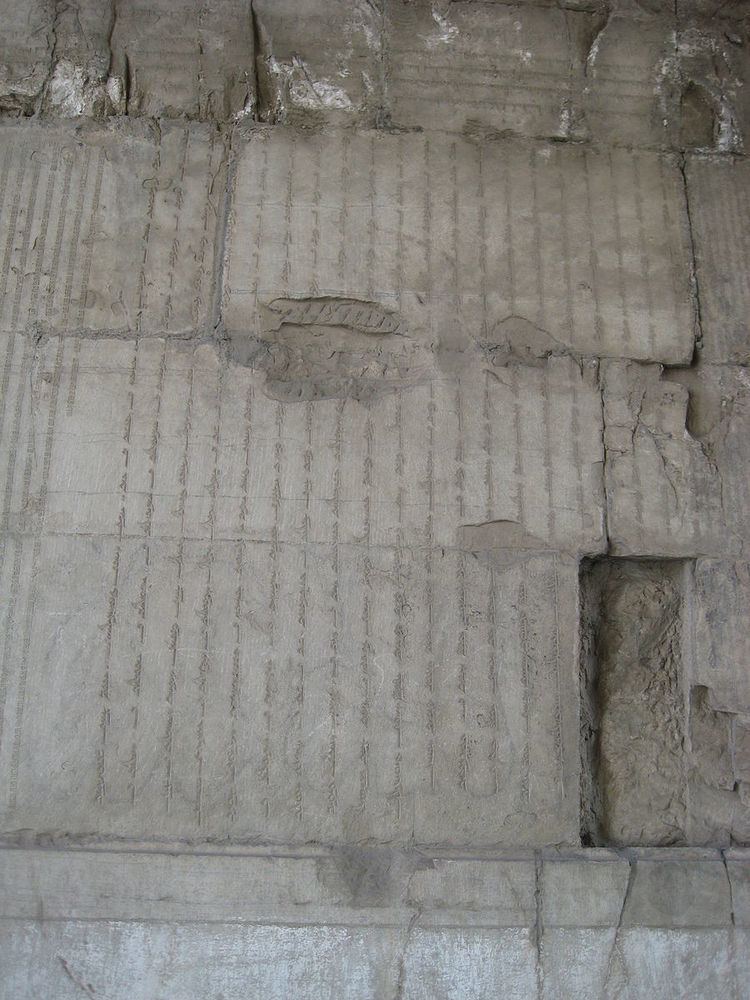Time period ca.700s–1800s | ||
 | ||
Languages Old Uyghur, Western Yugur Parent systems Egyptian hieroglyphsProto-SinaiticPhoenicianAramaicSyriacSogdianOld Uyghur alphabet | ||
The Old Uyghur alphabet (Chinese: 回鹘文字母; pinyin: Huíhúwén zìmǔ) was used for writing the Old Uyghur language, a variety of Old Turkic spoken in Turfan and Gansu that is an ancestor of the modern Yugur language. The term "Old Uyghur" used for this alphabet is misleading because the Kingdom of Qocho used the Old Turkic alphabet and only adopted this script used by the local inhabitants when they migrated into Turfan after 840. It was an adaptation of the Aramaic alphabet used for texts with Buddhist, Manichaean and Christian content for 700–800 years in Turpan. The last known manuscripts are dated to the 18th century. This was the prototype for the Mongolian and Manchu alphabets. The Old Uyghur alphabet was brought to Mongolia by Tata-tonga.
Like the Sogdian alphabet, the Old Uyghur tended to use matres lectionis for the long vowels as well as for the short ones. The practice of leaving short vowels unrepresented was almost completely abandoned. Thus, while ultimately deriving from a Semitic abjad, the Old Uyghur alphabet can be said to have been largely "alphabetized".
